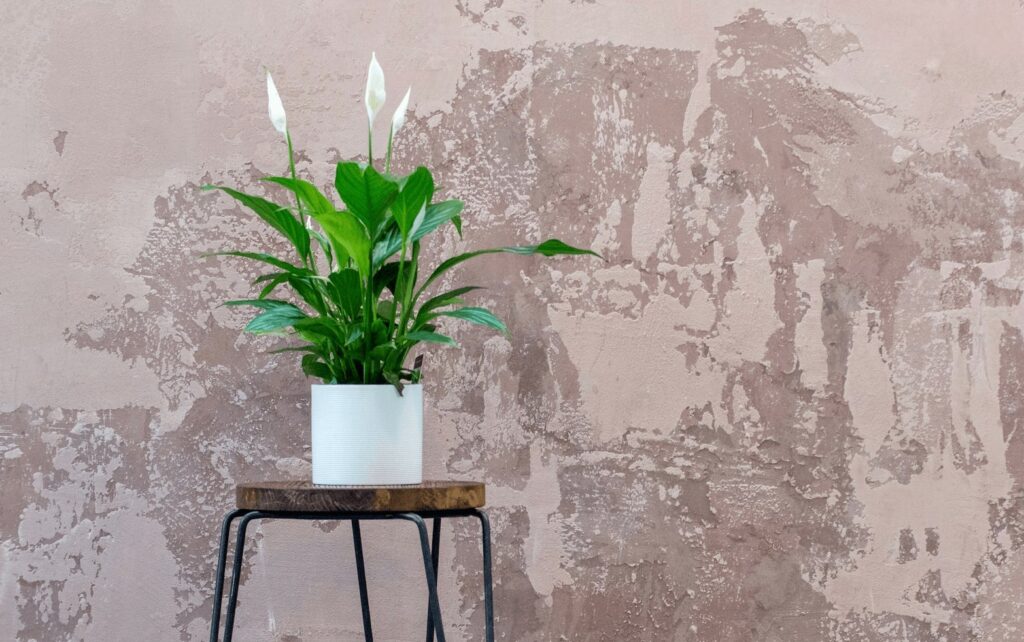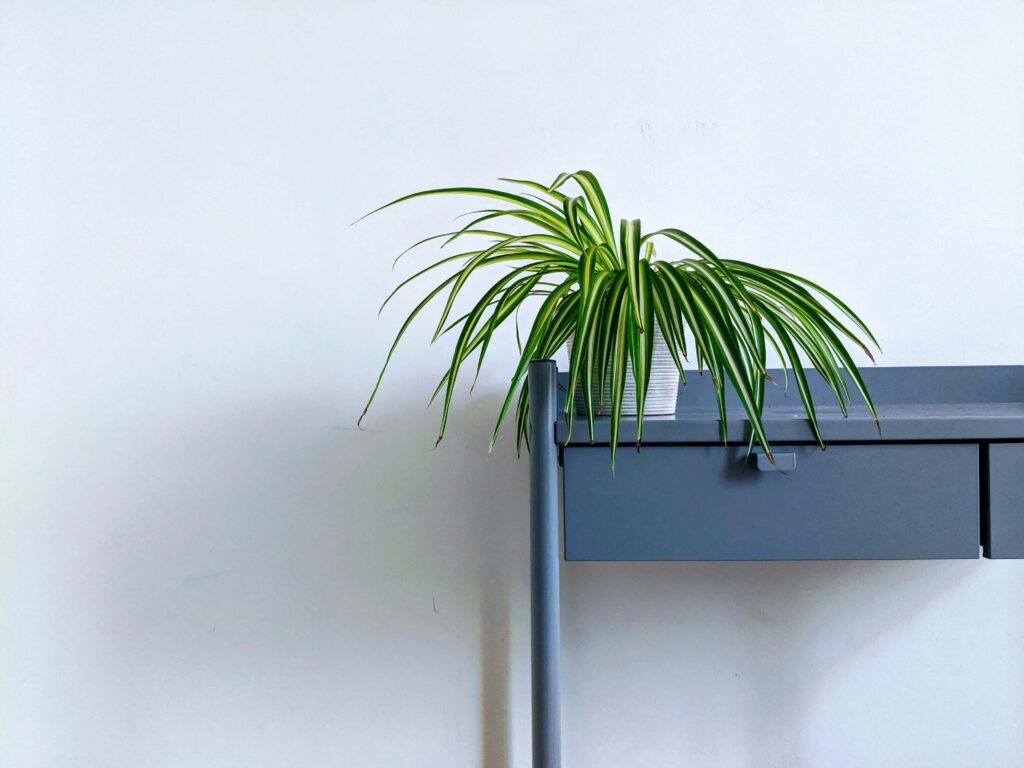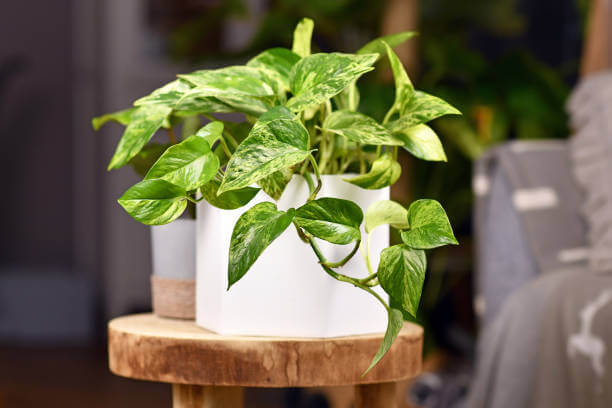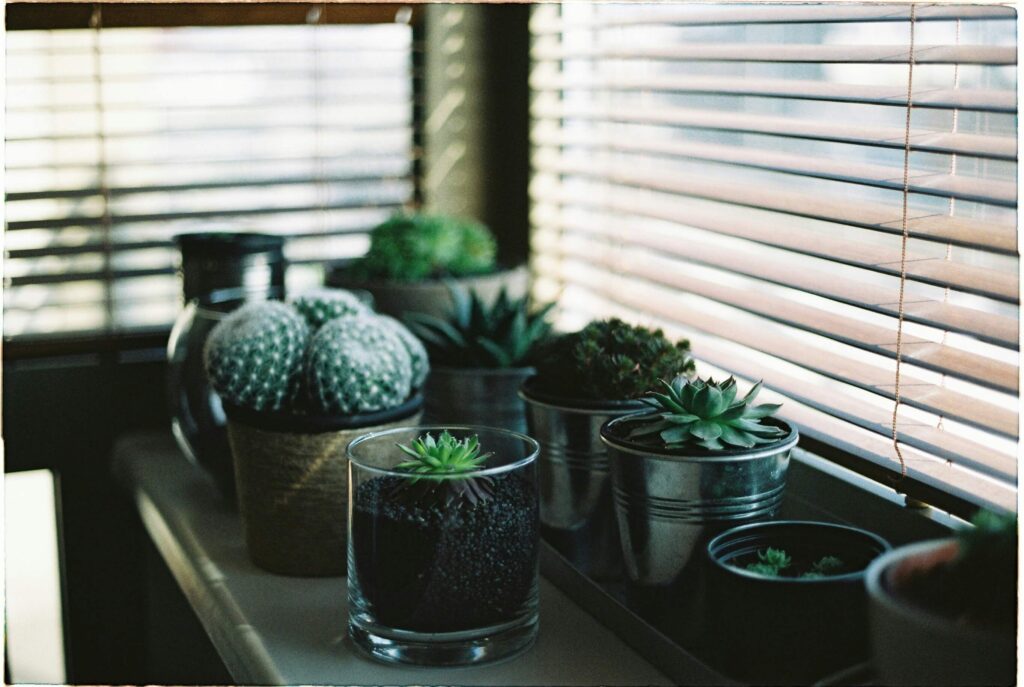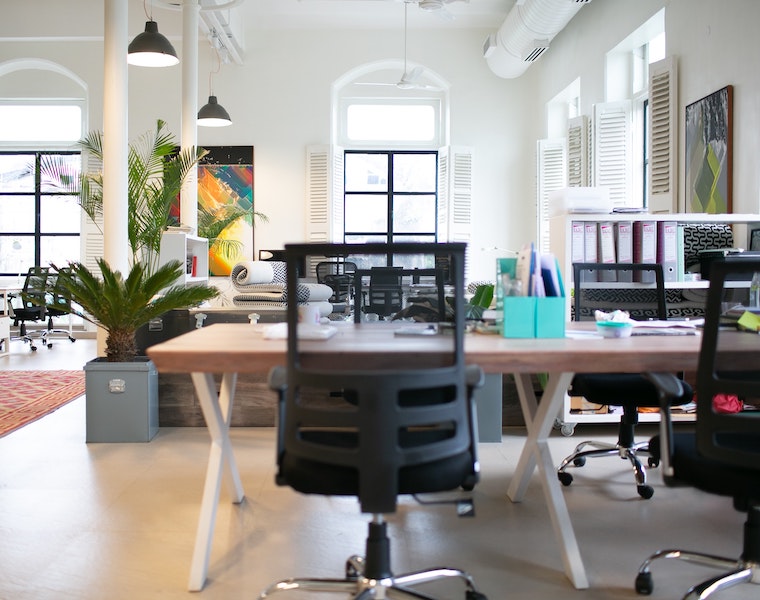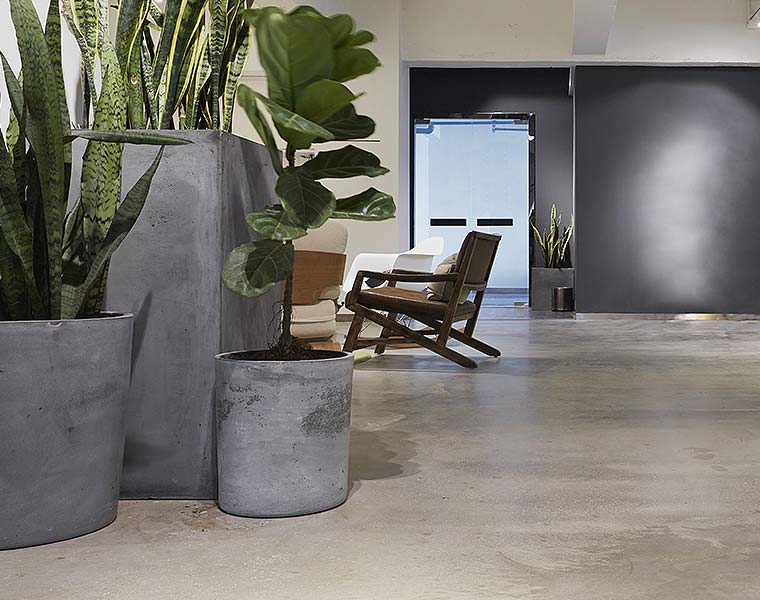We all know the many wonderful benefits of biophilic office design and bringing the great outdoors in. It’s no secret that incorporating natural elements into any interior design scheme is a proven way to boost physical health, mental wellbeing, creativity and productivity.
But with so many different options to choose from, how do you go about finding the best indoor plants for your office? Don’t worry, we’re here to help.
In this blog post, we share some of the top plants for purifying indoor office air and highlight some of the most low-maintenance options too.
The best office plants for purifying indoor air
One of the most important factors to consider when picking out indoor plants for your office is air purification.
Plants have the power to absorb harmful (and invisible) substances from the atmosphere to prevent us from breathing them in including:
- Carbon dioxide (CO2)
- Benzyne
- Formaldehyde
- Trichloroethane
- Xylene
- Ammonia
- Other toxins and chemicals
Of course, air purifying machines (and plenty of fresh air through open windows) are the most effective way to ensure indoor air is cleansed thoroughly, quickly and consistently.
However, the following plants (amongst others) have all been proven—by NASA, no less—to be extremely effective in supporting office air purification through their natural properties.
Peace lily (Spathiphyllum)
The Peace Lily plant is fondly known as the ‘clean-all plant’ for its outstanding ability to remove air pollutants. It is also highly effective at removing mould spores, which makes it the perfect addition to office kitchens and bathroom facilities.
This elegant plant prefers to stay out of direct light and will be perfectly happy if you just make sure the soil stays reasonably moist and mist its leaves regularly. This makes it a low-maintenance option and is perfect for offices or spaces that don’t get much natural light.
Snake plant (Sansevieria Trifasciata)
Just like all the other plants on this list, this one has been recognised on NASA’s Clean Air Study as being effective at cultivating healthy airflow indoors.
The unique thing about Sansevieria Trifasciata is that it converts carbon dioxide into oxygen overnight. So, employees can return to their workspace in the morning with refreshed air.
Snake plants can survive low levels of natural light and virtually no water for a prolonged period of time. So, when daylight hours draw to a minimum or if you want a plant for a darker space, this species will still stand strong.
Their vertical snake-like fronds and vibrant green colour also provide an interesting visual element in a variety of different work settings.
Spider plant (Chlorophytum Comosum)
In NASA’s Clean Air Study, this plant was found to be able to remove almost all (95%) of the toxic substances in a space within 24 hours. It is particularly effective at removing formaldehyde.
Spider plants get their name from their delicate, wispy appearance and are a popular choice for both commercial and residential indoor environments. This type of plant requires minimum watering and prefers to live in areas where it can stay out of direct sunlight.
Areca palm (Dypsis Lutescens)
This plant has been proven to be one of the most effective of all plants at breaking down harmful volatile organic compounds (VOCs) in the air. It also increases the amount of oxygen, enabling you to breathe fresher, cleaner air.
Areca palms can grow to be pretty sizeable so they’re a great option for areas where you’re looking for something bigger or where you want to make more of a statement with your biophilic accents.
Devil’s Ivy (Pathos)
The Pathos plant AKA Devil’s Ivy AKA Money Plant is renowned for its natural ability to remove harmful substances from the air surrounding it.
This plant is also known for how well it thrives in dark spaces (or areas with limited natural light) making it perfect for enclosed workplaces which are even darker in the winter. Plus, it only needs watering every 7-10 days.
We incorporated Devil’s Ivy in the coworking space we created within the University of Manchester Innovation Centre atrium. We draped it over bespoke Axiom storage units to create an interesting contrast between hard, industrial lines and soft, natural elements.
However, if you have a pet-friendly workspace, it is important to note that this plant can be harmful to dogs and cats.
More low-maintenance office plant ideas
Below are some more suggestions of excellent indoor office plants if you require options that are going to be easy to keep alive and able to survive in low levels of light.
Jade plant (Crassula Ovata)
With the ability to survive in very low levels of light, Jade plants can live in almost any part of a workplace.
Whether it’s in a private office behind closed doors, or out in the open where natural light is limited anyway during the colder seasons, your Jade plants will stay perfectly happy and healthy.
The soil of a Jade plant needs to be dried out before it needs watering so it’s a great choice if you know the people in your office aren’t going to remember to water the plants regularly.
Cacti and succulents
While cacti (or cactus) do require a certain of natural light to grow to complete health, they are still a popular choice of office plant thanks to their low maintenance demands. They only need watering around every 3 weeks and plus, they look pretty cool as part of a design scheme.
Succulents also create a stylish aesthetic while adding a biophilic element to any interior space. They too only require minimal watering and can survive with very little nurturing. Keep them wherever they can catch direct sunlight for most of the day and they should be just fine.
Bamboo
Many types of bamboo plants prefer to stay out of sunlight and actually thrive most effectively in partial shade. When hours of daylight are reduced or natural light is limited, bamboo plants are therefore a great option.
Bamboo is another low-maintenance indoor plant as it doesn’t require much watering and barely any preening. In fact, it’s better to keep bamboo more on the dry side (without dehydrating) as over-watering can cause root rot.
Other plants that can survive and still thrive in low levels of light are:
- Red Aglaonema
- Rex Begonia
- ZZ Plant
Looking to refurbish your office? Get in touch with our experts to learn more about how we can help make your project a success.


